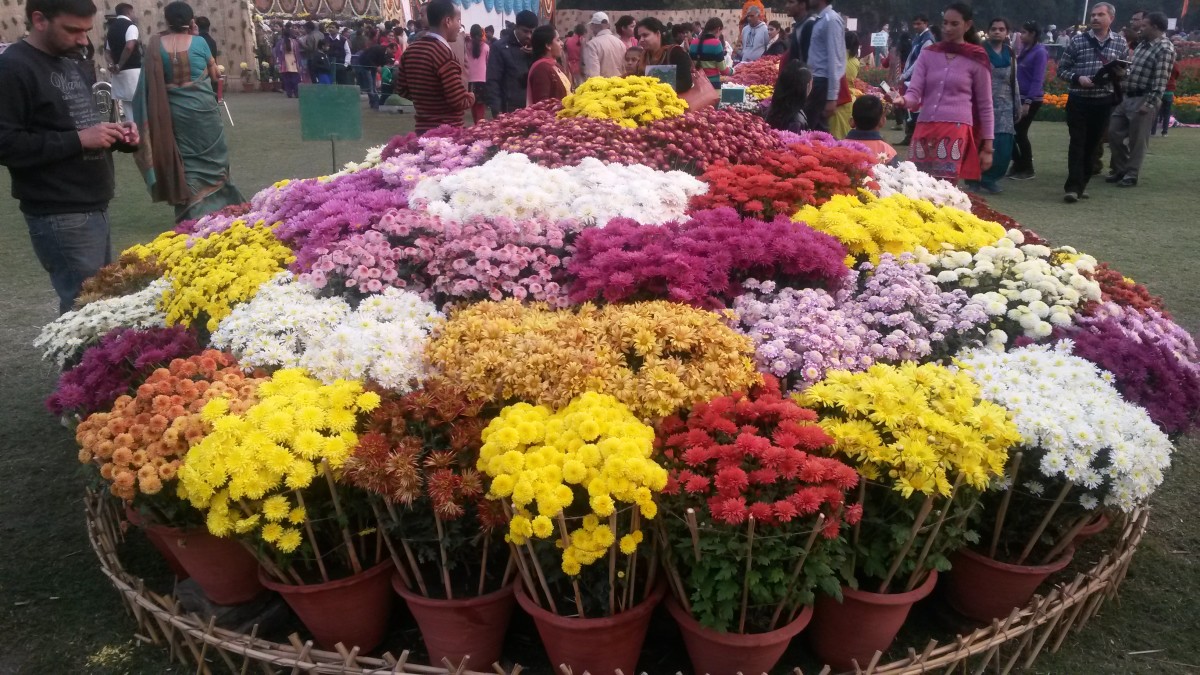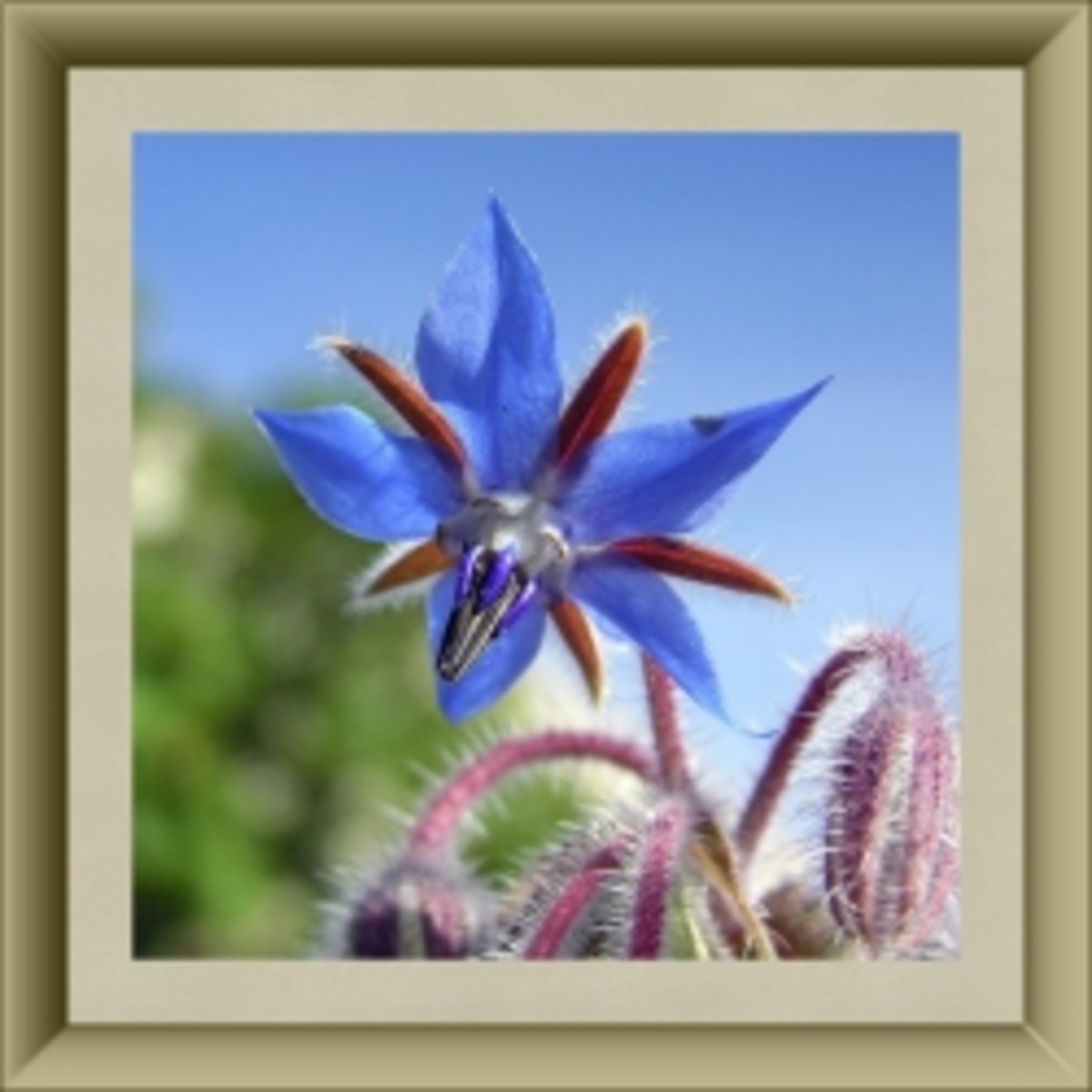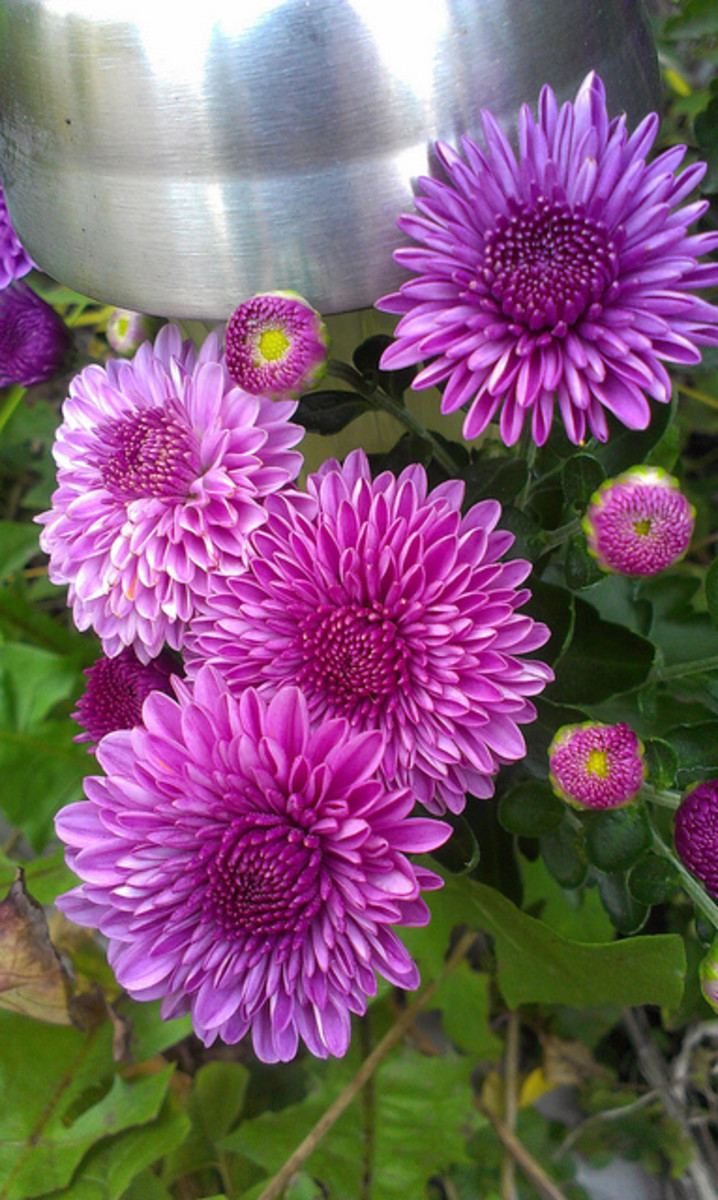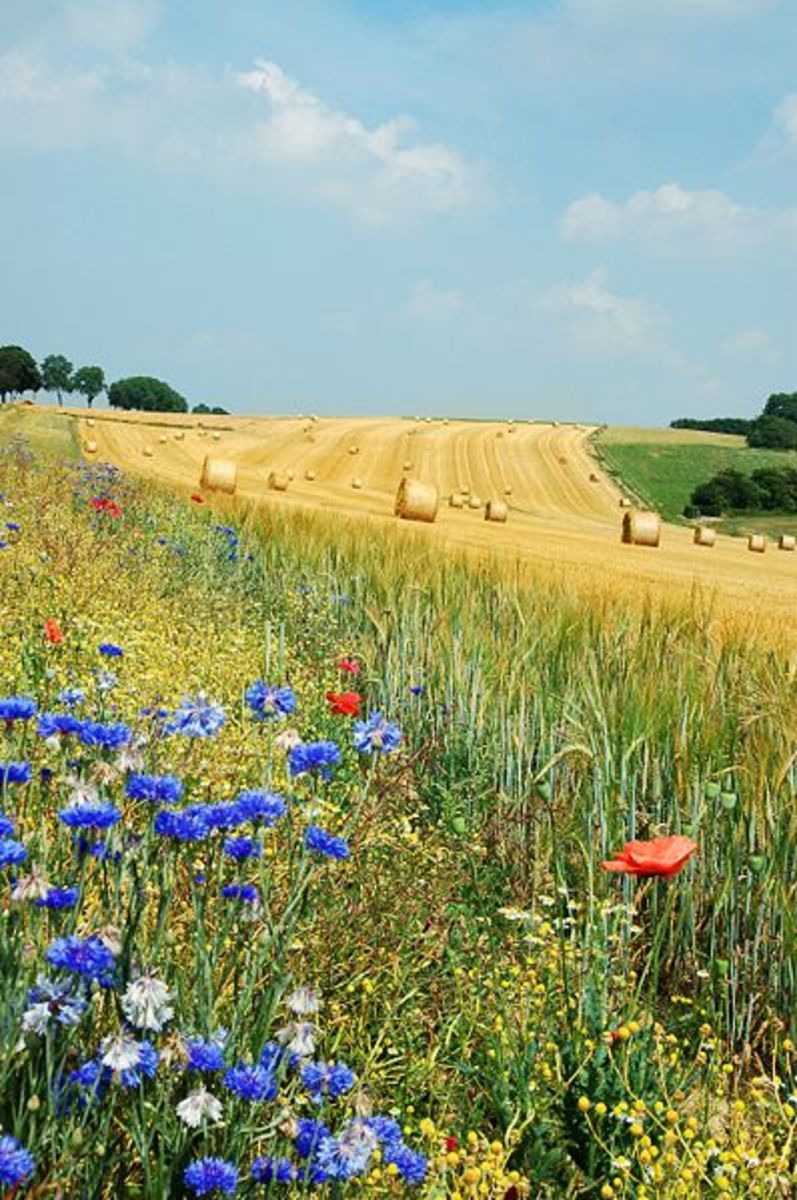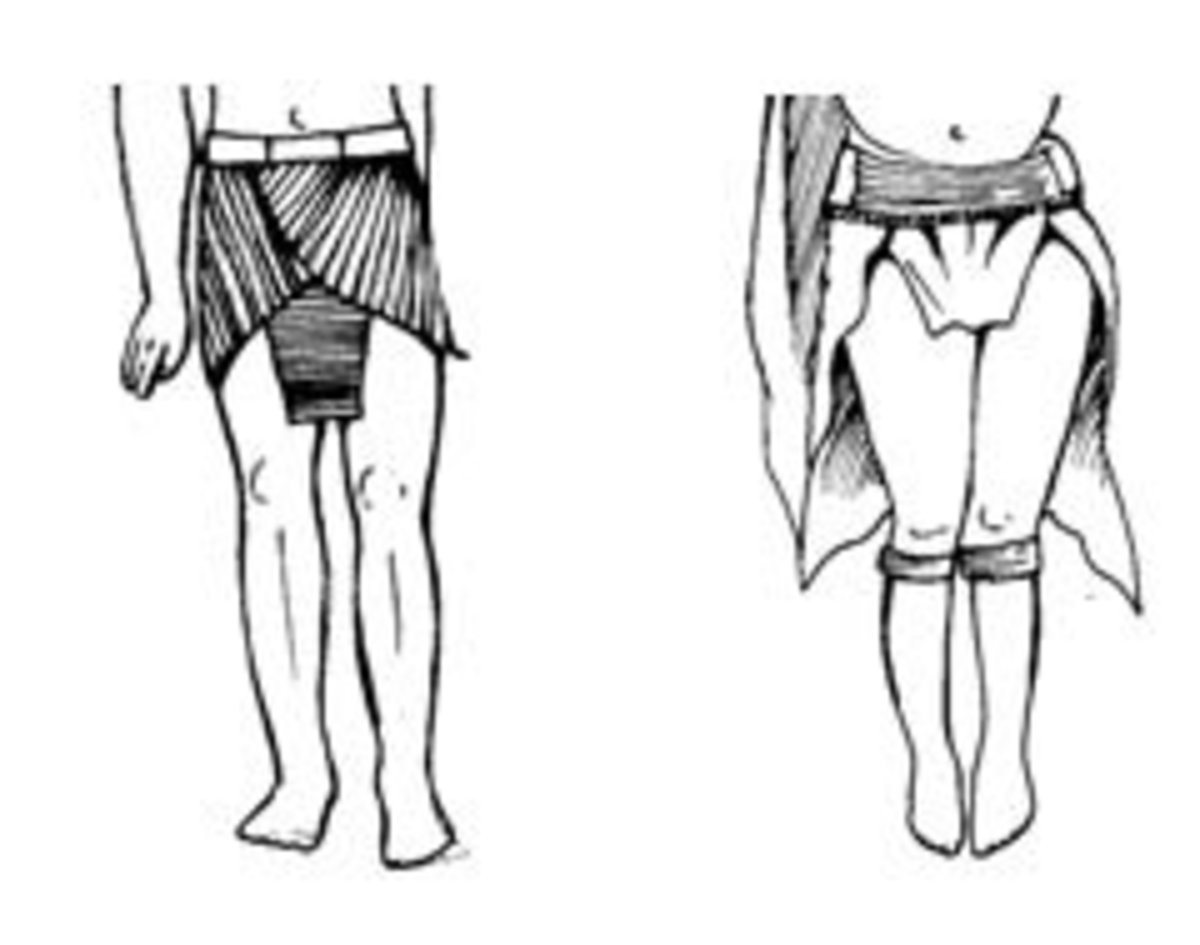Know Everything about Chrysanthemum(National Flower Of Japan)
Chrysanthemum
Yuan Zhen ( Tang)
"My house is encircled
by so many clusters of chrysanthemums in the later autumn,
just like in Tao Yuanming's home already.
I am enjoying my chrysanthemums around of my fence,
I have not realized that it is the time of sun set gradually.
It is not for chrysanthemums are my favorite flowers,
just because there will not be the other flowers
that will be enjoyed after blossoming of this kind of flowers."

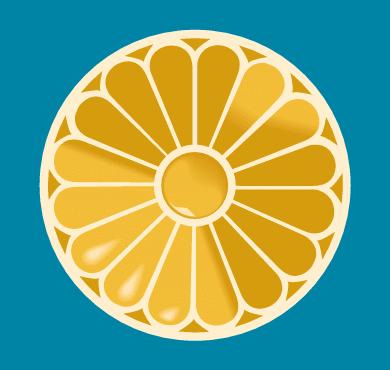
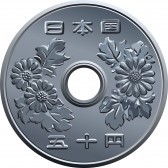
You tube on Chrysanthemum festival
- The tropical flowers belong to one of the largest family of flowering plants Asteraceae with over 1000 genera and 2000 species.
- It is believed the chrysanthemum was brought to Japan by Buddhist monks in AD 400.
- The Japanese Emperors, who were enchanted by the look of chrysanthemum, adorned their thrones with chrysanthemums.
- The oldest variety of Chrysanthemum is Chinese Chrysanthemum, which was cultivated for nearly 2500 years before it made a way to Europe.
- The chrysanthemum which is closely related to the daisy is often referred to by cultivars and gardeners as mums.
- It was named by Carolus Linnaeus in the 17th century and was being grown as early as 500B.C.
- The flower head is actually a cluster of many flowers composed of a central group of short disc flowers surrounded by a rings of longer ray flowers.
- The Chinese use the Chrysanthemum as their symbol of royalty,and consider this bloom the highest of all the flowers as it is available all over the year.
- Two centuries before there were just 50 varieties today the number has gone up to 5.000.They come in large varieties of color including pink,purple,white,red,and yellow.
- The blooms can be as small as 1 Centimeter or as large as 25 centimeters.
- The red color mums conveys love where white is considered for true and loyal love and yellow for slighted love.
- The flowers are used to make sweet drink known as chrysanthemum tea and is considered as medicine in Asia.
- There is a city named after the plant and there are National chrysanthemum societies in 5 countries.
- It is the national flower of Japan.
- Legend is it has received name from Greek god 'Krus Anthemum' meaning golden flower.
- The belief is that this was the first sighting of the Chrysanthemum while the greek were in a search of a magical herb that can grant eternal life.
- Being most popular next to rose,symbolizes fidelity,joy ,happiness and long life
- The name of the flower is "Kiku which means sun in Japan language is used to describe a beautiful woman as 'Okiku-san' meaning gentle, with glowing glory.
- Chrysanthemum crest are used as Imperial crest which is a typical open flower with sixteen complete radiated petals.
- The chrysanthemum festival or Choyo festival is celebrated every year on ninth day of ninth month of the Lunar calender.
-
Feng Shui experts believe that these flowers can bring good luck and happiness.
- Mums are one of the few flowers that can be cultivated in Bonsai style.
-
They are the November month flowers and 13th anniversary flower too.
How to make Chrysanthemum Bonsai

Types of Chrysanthemums
There are many types of chrysanthemums based on their disk and ray florets. There are totally 13 types are identified.
- Irregular Incurve
These are the giant blooms of the Chrysanthemum genus. The florets (petals) loosely incurve and make fully closed centre. The lower florets present an irregular appearance and may give a skirted effect.
- Reflex
The florets in this type curve downward and overlap with each other similar to bird plumage. The tops of these blooms are full, but somewhat flattened.
- Regular Incurve
In this type, the flower looks like a true, globular bloom equal in breadth and depth. The florets smoothly incurve and form a ball.
- Intermediate incurve
This bloom type is smaller than the irregular incurve with shorter florets only partially incurving with full centres but giving a more open appearance. Many of the popular commercial incurving types are in this intermediate class.
- Decorative Type
It is a flattened bloom, with short petals. The centre disk is not visible with upper florets tend to incurve but the lower petals generally reflex.
- Pompon
The bloom is small globular, somewhat flat when young but fully round when fully opened. The size varies from small button types to large, blooms of 4 Inches in diameter. The florets incurve or reflex in a regular manner and fully hide the centre.
- Single and Semi-double
A daisy like flower, with a centre disk and one, or more rows of ray florets.
- Anemone
From the name itself it is clear ,the bloom looks like sea-anemone. These blooms are similar to the semi-doubles, but have a raised cushion like centre.
- Spoon
They look same as the semi-double, except the ray florets are like spoons at the tips. The centre disk is round and visible.
- Split ends
The florets in this type are straight and tubular with open tips. The bloom is fully double with no open centre.
- Spider
Spiders have long tubular ray floret which may coil or hook at the ends. The florets may be very fine to coarse.
- Brush or Thistle.
The blooms are fine tubular which grow parallel to the stem and resemble an artist’s paint brushes or in the thistle type the florets are flattened twisted and dropping.’
- Exotic
These blooms, does not fit in none of the above types. They are often exotic with twisted florets. They may also exhibit , features of more than one bloom type.
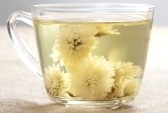
Medicinal uses
- Chrysanthemum is classified as cool ,acrid herb which is useful for relieving body heat and useful for treating itchy and red eyes.
- The leaves and flowers are edible and cultivated as beds.
- Crown Daisy type is used in conjunction with black pepper for treatment of syphilis and Gonorrhea.
- The Alecose Chrysanthemum flower petals are used for conserves and leaves are used as flavouring in soups.
- Fever Few is a popular, though an unsure remedy for headache.
- Pyrethium Daisy is used as an pest repellent especially against book worms.
How to make this beautiful flower in crochet?
Which looks mire beautiful?
© 2013 cheeluarv

